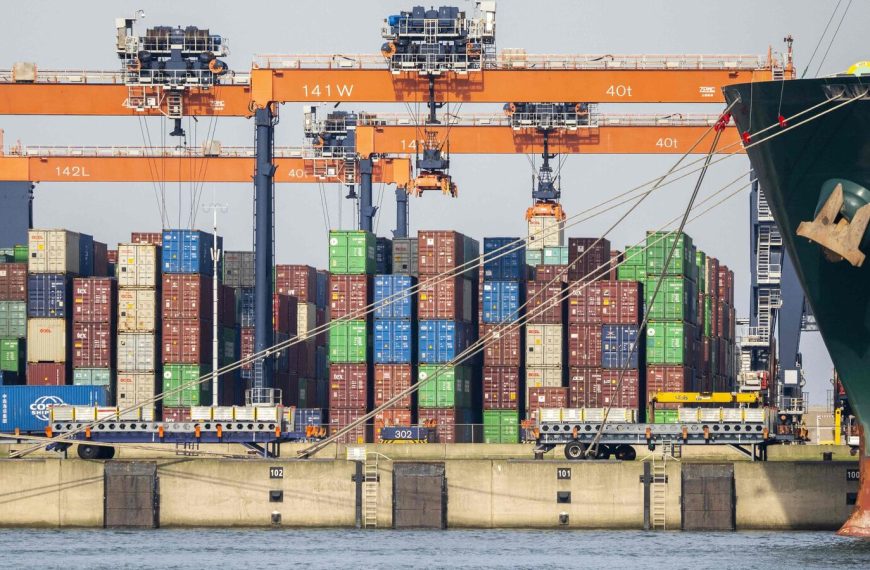A new wage agreement has been proposed, offering a 3% salary increase for public sector employees in April, followed by an additional 2.8% raise in May 2026. This compromise comes after unions representing approximately 2.5 million workers in diverse fields such as waste management, healthcare, and public transportation aimed for an 8% increase over the span of 12 months. Negotiations were complex, reflecting significant differences in the positions of both sides.
Negotiation Insights
Roland Koch, who represented employers in the negotiations, noted the challenges faced due to the wide gap between the demands and offers from both sides. He stated that achieving a compromise required "considerable concessions" from both parties. This highlights the ongoing struggle to balance fair compensation with economic realities.
Wage Growth and Economic Context
The issue of wage growth is crucial, particularly for the European Central Bank (ECB), which is contemplating further interest rate cuts. While inflation trends toward the 2% target, price increases in the services sector remain persistent, influenced by prior salary hikes that are still affecting the economy. The ECB believes that as wages align with inflation trends, this pressure will ease.
Labor Market Dynamics
A tighter labor market, influenced by an aging population, has raised concerns about the ability of workers to negotiate for better pay. An annual 3% increase is generally viewed as consistent with inflation objectives. Henning Luehr, representing employees, emphasized the difficulties of reaching collective agreements amid the current socio-economic landscape.
Workers’ Demands
In addition to salary increases, employees are advocating for more flexible working hours to enhance job conditions and attract new talent to the public sector. The current workload, worsened by significant staff shortages, has made it increasingly difficult to retain workers. Recent strikes, which involved tens of thousands of participants, have disrupted air travel and left waste uncollected, underscoring the urgency of these negotiations.
Future Discussions
As part of the proposed agreement, workers will also benefit from a higher annual bonus starting next year, which they can convert into additional days off. A crucial meeting to finalize these discussions is set for April 5, where both sides will further address these pressing issues.
In summary, this potential agreement reflects ongoing negotiations between employers and employees, with a focus on fair compensation, flexible work arrangements, and the broader economic implications of wage growth.











